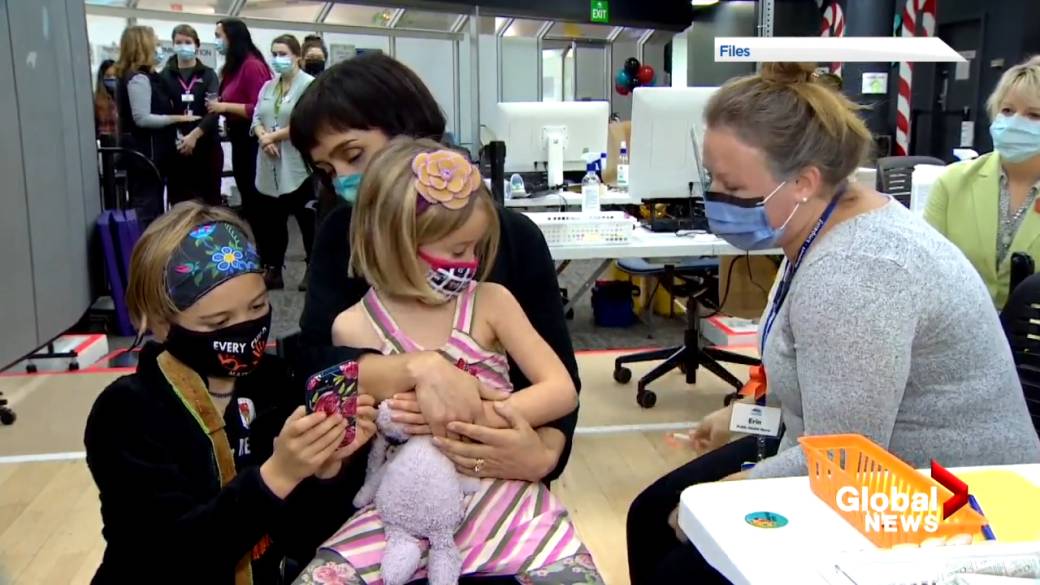Nearly two weeks after in-person learning resumed in Nova Scotia schools, teachers are feeling the strain of staff shortages, says the head of their union.
In an interview Thursday, Paul Wozney, president of the Nova Scotia Teachers Union, said while no schools have been forced to close because of COVID-19, that does not mean there aren’t significant teacher shortages and that learning is not being affected.
“What I’m hearing from the ground level is that things are not fine,” Wozney said. “There are a lot of staff missing and it’s very difficult for people to cover off. Teacher prep time is being soaked up like a sponge. ”
Read more:
Return to in-class learning gets mixed reaction in Nova Scotia
Premier Tim Houston said Wednesday that about 11 percent of teachers and staff were reported absent earlier this week and that student attendance was hovering around 85 percent, when it’s normally as high as 92 percent.
Houston said that although the system is stressed, the situation is “manageable at this point.”
But Wozney said the union is not sure about the overall data cited by the province, especially when it comes to teacher absenteeism, because it’s not privy to it.
“It’s hard to say whether it’s 11 per cent or higher,” he said. “Because of the dearth of people, we’re pulling more blood from the same stone, and that’s a worrying symptom because it’s only going to compound staff absences over time.”
Under the province’s contingency plan, teachers without a daily class and administrative staff from school districts are to be assigned to fill in for teachers who are at home due to illness or the need to self-isolate.
Wozney said that leads to serious questions about the quality of instruction some students are beginning to experience when “non-qualified” people take the teaching reins.
It amounts in some cases to having “someone sitting in a room” so students are supervised, he said.
“It begs the question as to whether or not the goal is just to have schools open so kids can be housed during the day or whether or not schools are functioning for their intended purpose,” Wozney said.

But Education Minister Becky Druhan dismissed that assertion following a cabinet meeting Thursday.
“All of the staff who are deployed into classrooms to teach are staff that are absolutely qualified to teach,” said Druhan. “The adjustments are being made at individual school levels and are responsive to the needs of the day.”
Meanwhile, one new death was reported by health officials Wednesday as a result of COVID-19 – a woman in her 70s in the Halifax area. Nova Scotia has recorded 31 deaths since the start of the Omicron wave on Dec. 8.
Officials also reported 11 new admissions and 327 people in hospital with an infection, including 15 patients in intensive care.
A total of 366 new lab-confirmed cases of COVID-19 were identified, while officials estimated 4,276 active cases in the province.
This report by The Canadian Press was first published Jan. 27, 2022.
© 2022 The Canadian Press
Reference-globalnews.ca

